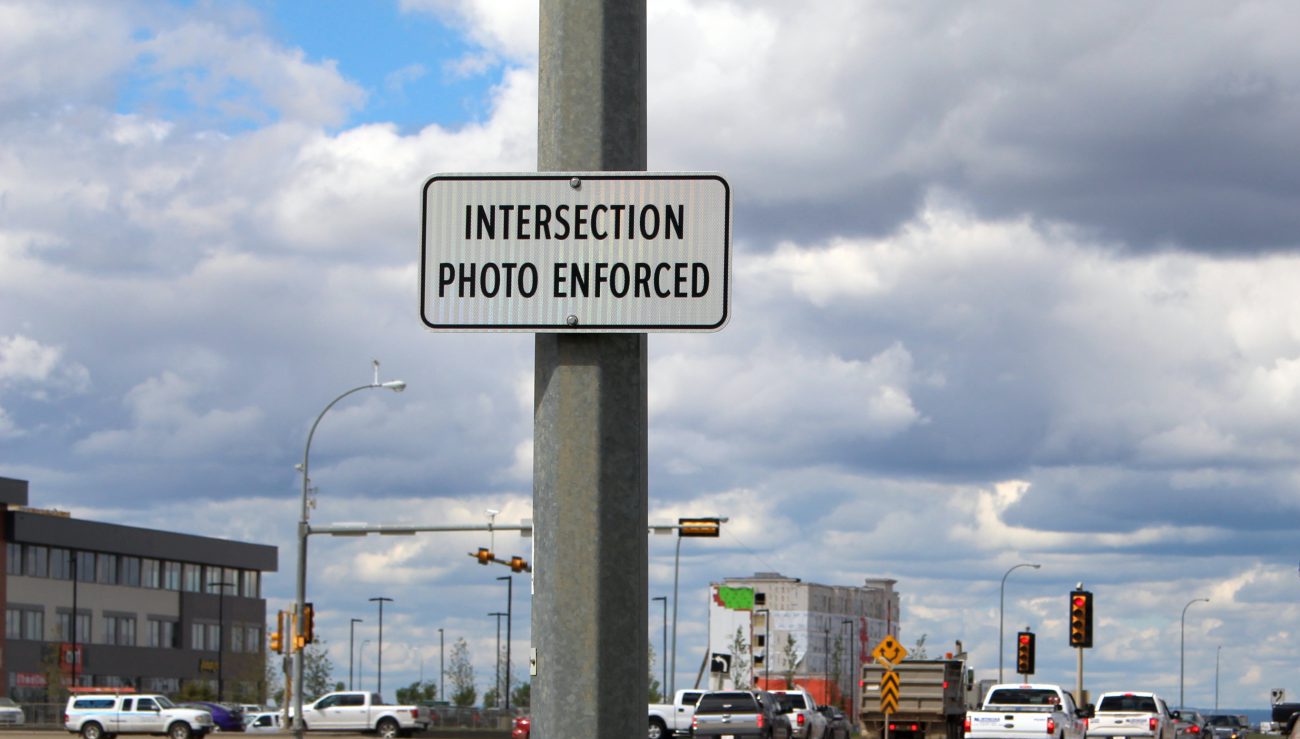Since the City brought back automatic traffic enforcement last September, more than 42,000 tickets have been issued. Once the province took its share, it’s meant $2.15 million in revenue, minus the contract to Global Traffic Limited. Enforcement Services Manager Chris Manuel says with the province’s recent 35 per cent increase in traffic fines, that amount is similar to what the city pulled in before it ended its previous photo radar contract.
“We were easily doing $1.3 million off of our former contract and that was with fines 35 per cent less and with less enforcement hours. Really, it’s kind of on par with what we expected would happen. We were traditionally averaging around $3 million ahead of the fine increase.”
That $3 million includes regular traffic tickets other than automated. The funds go towards to enforcement department’s budget, and helps to reduce the costs of policing expenses and RCMP contracts on taxpayers. 39 per cent of violations have been issued to out-of-town vehicles.
The City ramped up its traffic enforcement efforts at the beginning of 2015, initially doubling the number of enforcement officers on the street and then adding the ATE. Despite being unpopular, Manuel says it’s clearly working. Last year’s injury collisions were down 29.8 per cent from 2014, and another 28 per cent in the first six months of 2016.
“We did have a significant collision problem, and continue to have challenges in regard to injury collisions in the City of Grande Prairie. We essentially deployed every resource and tactic that was available to us to curb that. We’ve seen in the first year we’ve made some gains that we’re happy with.”
By comparison, injury collisions increased 155 per cent between 2010 and 2014. In that year, drivers in Grande Prairie were 3.8 times* more likely to be hurt in a crash than a driver in Calgary. Over the past year, overall collisions are down nearly 38 per cent. At the same time, traffic volume also decreased by 6.57 per cent.
So far, going over the speed limit in school and playground zones has accounted for 41 per cent of speeding tickets and 43 per cent of enforcement hours. While some other cities in the province may do so, Manuel maintains that not a single ticket has been issued to any vehicles going under 10 kilometres an hour over the limit.
The primary focus for the automated traffic enforcement is to be in school and playground zones, as well as spots that are high-risk for conventional enforcement, lots of tickets given out, a high amount of collisions are reported, and where there is a high volume of pedestrian traffic. Manuel says they know the system isn’t perfect, and a traffic safety advisory committee will be looking at the data from the last year to make changes.
“Some places have less merit than others. We’ve all seen that stop sign location where you’re like, really? Should that even be a stop sign? We are trying to take a hard look at those situations and ensure that we can really justify why we’re out in certain areas.”
Those changes could include increased education and engineering. If residents find an issue with a photo radar location, Manuel encourages them to reach out at [email protected]. There could be a reason for it, but if not, it will be addressed. While the City would prefer the ATE vehicles not park on boulevards, Manuel says in some locations it is the safest place, like for utility workers.
*A previous version of this article incorrectly indicated 3.8 per cent higher instead of 3.8 times higher. We apologize for the error.


